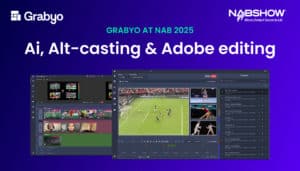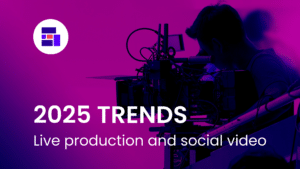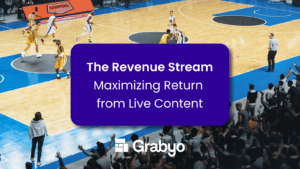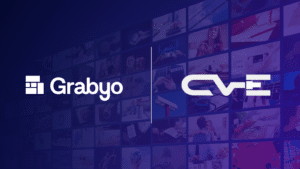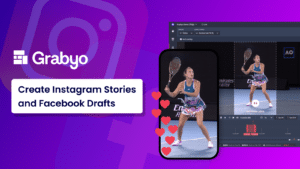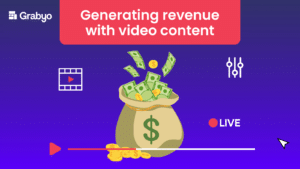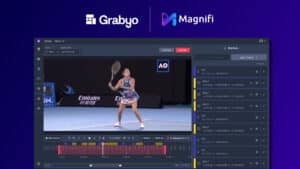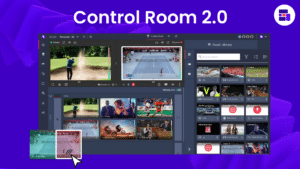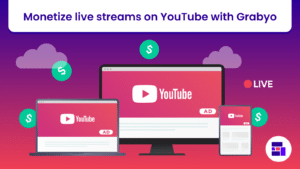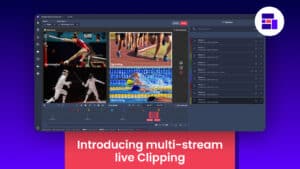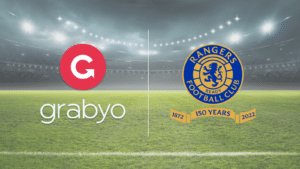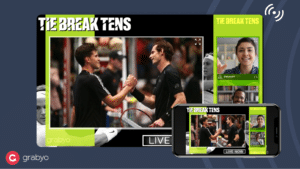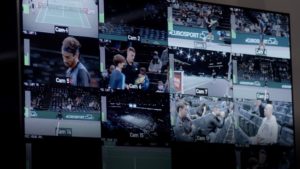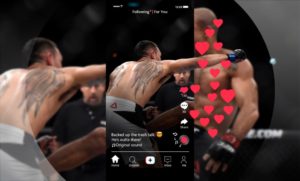
From TV screens to digital screens:
The Evolution of the College Draft
Tracing the Journey: The College Draft’s Shift from TV to Digital
It’s astonishing how quickly a year passes, with the 2024 NBA, NHL and MLB drafts fast approaching, fans worldwide are gearing up to tune in and surpass 2023’s record-breaking viewership numbers. With so many platforms at their disposal, it’s no surprise that we’re set to eclipse these figures once again. However, it wasn’t always this accessible.
In the past, the college draft was a straightforward TV event, where fans tuned in to a single broadcast to see which players their favourite teams would select. The production was on linear TV where viewers tuned into a channel at a specific time, with limited camera angles and no interactive elements. Fast forward to today, and the draft has transformed into a dynamic, multi-platform spectacle for fans to consume on any device and platform they wish.
Humble beginnings for the college draft
From its humble origins in 1936 as a straightforward selection process held in a Philadelphia hotel, the NFL Draft has evolved into a cultural phenomenon and a cornerstone of American sports entertainment. Initially conducted without fanfare and largely untelevised, the draft has transformed over the decades into a highly anticipated, multi-day extravaganza broadcasted across multiple platforms.
Today, what began as a modest event for NFL teams to draft college talent has grown into a meticulously orchestrated spectacle featuring high-definition broadcasts, interactive fan experiences, and cutting-edge video production technologies.

Nothing but (inter)net!
While the main live draft typically attracts the highest viewership on TV, the advent of digital platforms and social networks has transformed how fans experience the event. These alternative broadcasts offer fresh perspectives, with networks, teams, talent and independent creators providing unique coverage that caters to diverse audiences across the globe, regardless of geography and traditional paywalls. These broadcasts often feature two-way interactions with viewers via live chats, allowing fans to engage with hosts, celebrities, and each other in real time, creating a more engaging and communal viewing experience.
Watch-along events have become particularly popular, enabling fans to join live streams where hosts provide commentary and reactions as the draft unfolds. These interactive sessions not only offer real-time analysis but also foster a greater sense of community among viewers, who can participate through polls, social media, and other interactive elements.
Where the early days of drafts often featured one-way interaction, many watch-alongs now provide behind-the-scenes insights, player interviews, celebrity commentary, and additional content not available on traditional broadcasts. As many younger audiences are tuning in via these digital channels, which add the added complexity of incorporating vertical video, it comes as no surprise that social media has taken over as the preferred method for fans to follow sports.
The impact of advancing video technology and monetization
Advancements in video production technology have further enhanced the draft experience. High-definition streams, multiple camera angles, and creative content like player highlight reels and behind-the-scenes footage make the event more immersive than ever, and are generally the standard that today’s viewers expect.
This approach offers customizable viewing options and lets fans choose their preferred camera angles or follow specific players, creating a more personalised experience. Meanwhile, this comprehensive coverage, including a full end-to-end view of the draft; pre, during and post event provides a thorough understanding of the draft process, which has come a long way from the inaugural non-televised NFL Draft.
By leveraging these technological advancements, the teams, leagues and media organisations have transformed the college draft into a highly engaging, interactive, and accessible event, significantly enhancing the overall fan experience.
The shift to digital platforms has also opened new avenues for monetization. Ads, sponsorships, and branded content are seamlessly integrated into broadcasts, while influencer collaborations further amplify the event’s reach and impact. For instance:



Together, these monetization strategies on digital platforms not only diversify revenue streams but also enhance the overall viewer experience by integrating relevant and engaging content seamlessly into the draft coverage.
Technology is a key competitive advantage for players and teams
Social media plays a crucial role in promoting and broadcasting the draft. Platforms like Twitter, Instagram, and TikTok provide real-time updates, behind-the-scenes content, and opportunities for fan engagement. But more recently, athletes and teams use these platforms to connect with fans, sharing their experiences and reactions throughout the event.
What’s more is that in recent years colleges and universities have embraced this trend by opening doors to NIL (Name, Image, Likeness) opportunities for their student-athletes. This evolution prompts speculation about whether the draft will eventually adopt a more commercial approach to its picks. While the future remains uncertain, one thing is clear: the digital revolution has permanently transformed how we experience this iconic event.
Looking ahead, the college draft will continue to evolve with emerging technologies and changing viewer preferences, ensuring its relevance and excitement in the years to come.
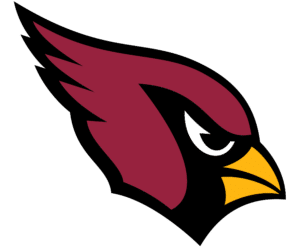
 Enhancing fan engagement and building online engagement with new live digital programming
Enhancing fan engagement and building online engagement with new live digital programming 
